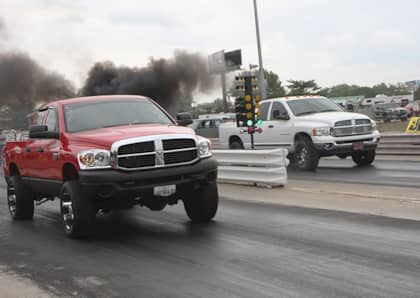Cummins History, Lesson 5: ’07.5-’18 6.7L
Just as was the case three times during the 5.9L’s production run (’91.5, ’98.5 and ’04.5) tightening federal emissions regulations would dictate that a cleaner version of the Cummins be introduced for Dodge Rams midway through the 2007 model year. However, for ’07.5, the cleanest Cummins mill built to date would be a 6.7L, not a 5.9L. Displacing 408 cubes (the largest, both then and now, in the pickup segment), the upsized I6 featured a bigger bore, a longer stroke and produced 650 lb-ft of torque at 1,500 rpm when it debuted. The deep-skirt block, still cast from gray iron, also entailed a rigid, Siamese bore design that the aftermarket would come to love.
Similar to the LMM Duramax and 6.4L Power Stroke released during the “clean diesel” era, the big news on the 6.7L was that it was the first Cummins saddled with exhaust gas recirculation and a diesel particulate filter technology—two necessary evils in lowering NOx and particulate matter. On the fuel system side, Bosch would supply the second generation of its tried and true solenoid-style common-rail injector and CP3 combination, which was now capable of producing 26,000 psi (vs. 23,200 psi on the 5.9L). As for airflow, the Holset HE351VE turbocharger was a welcomed enhancement, as its variable geometry design added superb transient response at any engine speed and exceptional braking power when doubling as an exhaust brake.
While it certainly has its issues with modern day emissions-control devices and it may require a head gasket before a 5.9L does, the 6.7L Cummins has been a steady, powerful performer in Dodge and Ram truck product lines for more than a decade. Find out exactly how it differs from its 5.9L predecessors below, as well as how this engine’s power ratings have matured over the years.
’07.5-’18 6.7L Hard Facts
| Engine: | 6.7L ISB | Valvetrain: | OHV, four valves per cylinder, single cam, solid lifters |
|---|---|---|---|
| Configuration: | I6 | Injection System: | Bosch high-pressure common-rail, direct injection |
| Bore: | 4.21 inches | Injectors: | Bosch electronic solenoid |
| Stroke: | 4.88 inches | Injection Pump: | Bosch CP3 |
| Displacement: | 408 ci | Turbocharger: | Holset HE351VE variable-geometry (with exhaust/turbo brake function) |
| Compression Ratio: | 17.3:1 | Intercooler: | Air-to-air |
| Block: | Deep-skirt, cast-iron | Emissions Equipment: | Exhaust gas recirculation (’07.5-present), diesel oxidation catalyst (’07.5-present), diesel particulate filter (’07.5-present), NOx absorption catalyst (’07.5-‘12 on 2500/3500 trucks), selective catalytic reduction (’13-present on 2500/3500 trucks) |
| Rods: | Powdered-metal, cracked-cap | Horsepower: | 350hp at 3,013 rpm (’07.5-’12 auto/manual), 370hp at 2,800 rpm (’13-’18 68RFE auto), 385hp at 2,800 rpm (’13-’18 Aisin auto), 400hp at 2,800 rpm (’19 high output, Aisin auto) |
| Pistons: | Cast-aluminum | Torque: | 650 lb-ft at 1,500 rpm (’07.5-’10 auto), 610 lb-ft at 1,500 rpm (’07.5-’12 manual), 800 lb-ft at 1,600 to 1,700 rpm (’11-’18 68RFE auto), 850 lb-ft at 1,700 rpm (’13-’14 Aisin auto), 865 lb-ft at 1,700 rpm (’15 Aisin auto), 900 lb-ft at 1,700 rpm (’16-’17 Aisin auto), 930 lb-ft at 1,700 rpm (’18 Aisin auto), 1,000 lb-ft at 1,800 rpm (’19 Aisin auto) |
| Head: | Cast-iron with six head bolts per cylinder (with sharing) |
Higher Power Rating Reserved for Automatics
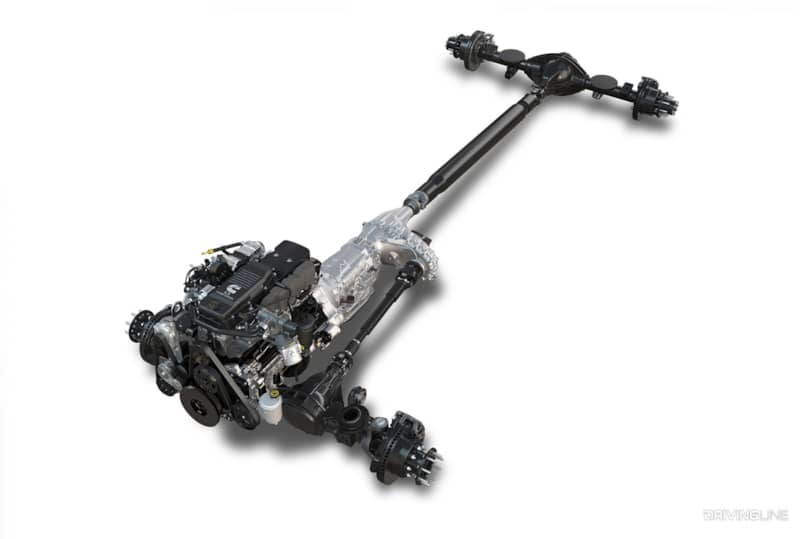
Debuting midway through Dodge’s 2007 model year production of its Ram line, the 6.7L ISB Cummins boasted 350hp and 650 lb-ft of torque—so long as you were willing to let the all-new 68RFE six-speed automatic shift gears for you. By now, Dodge had long known that the truck market was trending toward automatic transmissions and began to dial back the R&D of its manual transmission program. The direct result can be seen in the lower factory torque ratings offered with the Mercedes Benz-sourced, G56 gearbox option. Never again would the higher output version of the Cummins be available with a manual transmission.
Siamese Bore, Cast-Iron Block
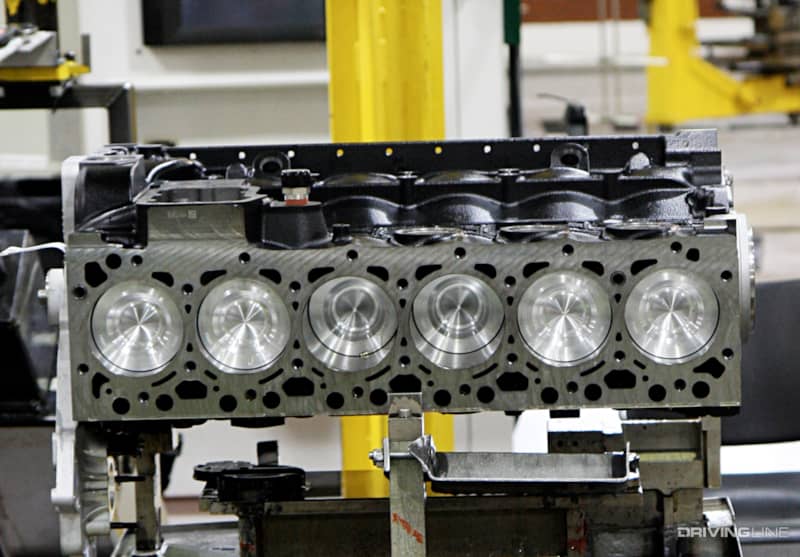
In order to keep pace with both the times and the competition in 2007 (GM and Ford in Dodge’s case), a whole new Cummins ISB engine was needed for Dodge’s ¾-ton and larger truck line. Rather than push the 5.9L platform any further, a 6.7L with a bigger bore and a longer stroke would be utilized to achieve Cummins and Chrysler’s power goals. To withstand the inevitable rise in cylinder pressure that accompanies an increase in stroke (and which results in more torque production), the 6.7L makes use of a cast-iron block with Siamese cylinder bores. As was the case with ’03-’07 5.9L engines, a block stiffener was also employed on the 6.7L, secured to the oil pan rail via 10mm bolts.
Higher Cylinder Pressure = More Head Gasket Issues
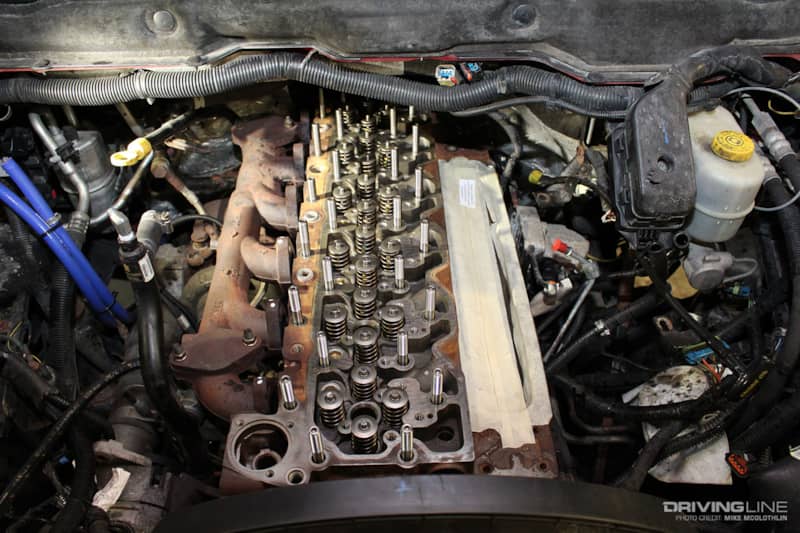
Little difference exists between the 24-valve cylinder head found on the 6.7L and the one previously used on the 5.9L, but the 6.7L Cummins’ head gasket does have a bit more stress to deal with. When you factor in the added torque produced from the longer stroke, the 6.7L’s use of a variable geometry turbo (known for facilitating big torque at low rpm) and the uptick in compression, you get higher cylinder pressure. This means that (and while it's not something that could ever be considered common) the 6.7L is more prone to head gasket failure than the 5.9L was. Head gasket jobs are more frequent on modified 6.7Ls still using the factory head bolts (not aftermarket studs) rather than bone-stockers, but even modified engines that tow often typically reach 200,000 miles before they have a problem.
Powdered-Metal Rods
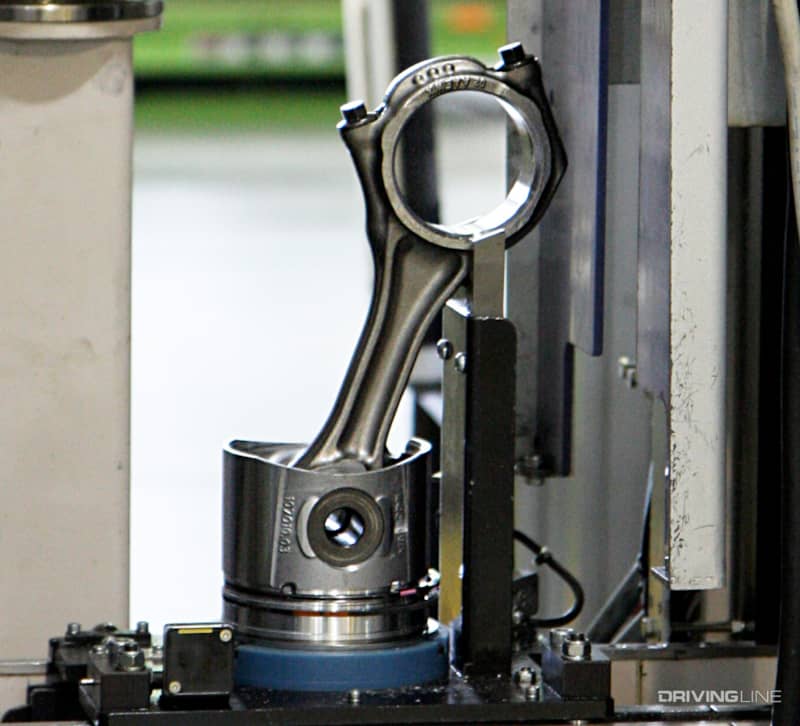
Although it wasn’t made front-and-center news when released, the 6.7L Cummins utilizes powdered-metal connecting rods rather than forged-steel units (the case in all ’89-’07 5.9L engines). The change in material is attributed to cost-cutting measures, but to our knowledge did nothing to hurt overall longevity of the engine. Even in the aftermarket, the 6.7L’s factory rods can be subjected to more than 1,500 lb-ft of torque before becoming a weak link. Like the common-rail 5.9L Cummins, they still employ a fractured-cap design for precise fitment onto the crankshaft.
The Variable Geometry HE351VE
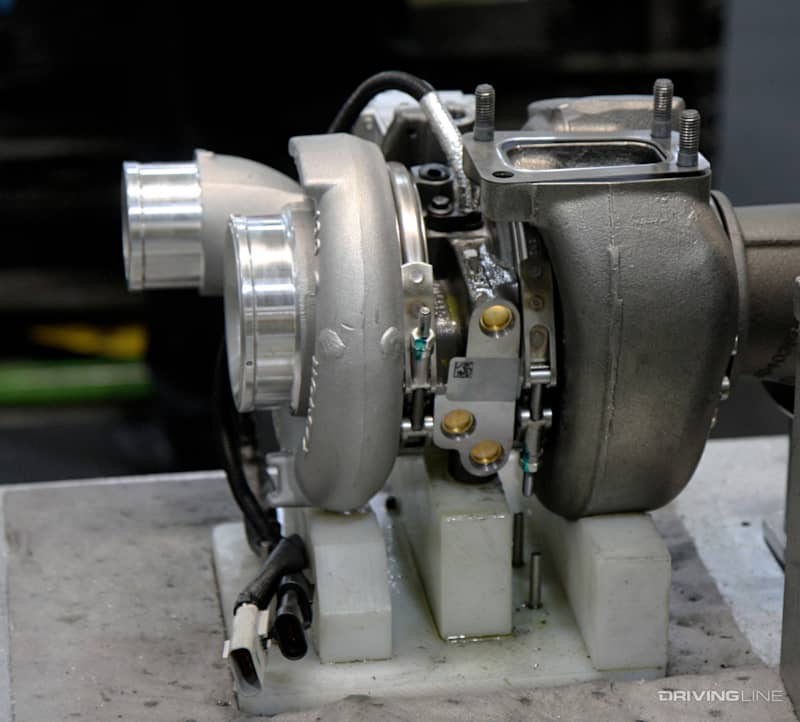
Joining the variable geometry turbocharger party (started by the 6.0L Power Stroke in 2003 and continued with the LLY Duramax in ’04.5), the 6.7L Cummins came with the Holset HE351VE. Thanks to its ability to almost infinitely vary the amount of exhaust flow passing across the turbine wheel’s blades, the HE351VE offered unmatched drivability and emissions cleanliness at any engine speed. However, and not unlike comparable versions of VGTs, the HE351VE is subject to functionality issues (i.e. sticking or seizing) from time to time due to soot, carbon and grime buildup within the exhaust housing and variable vane/sliding nozzle ring area.
Doubling as an Exhaust Brake
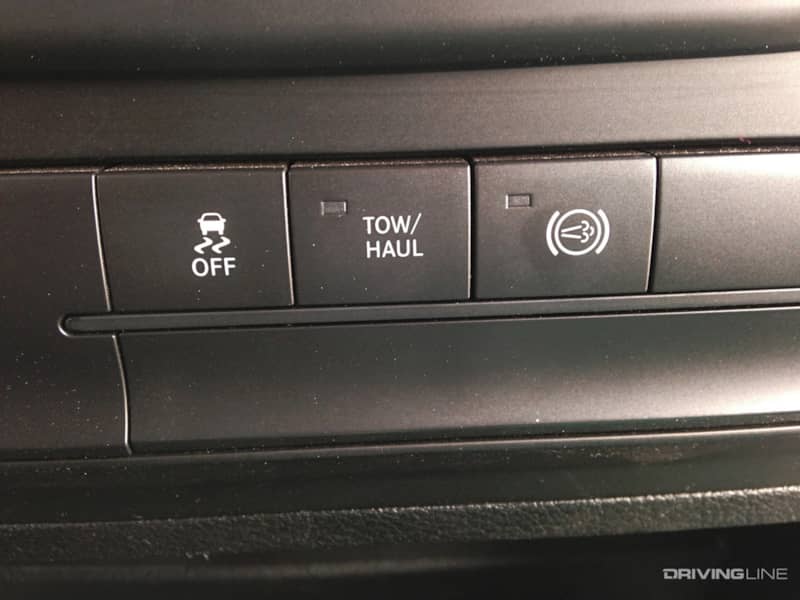
Another upside to the HE351VE is its ability to serve as a turbo brake. Called an exhaust brake on Ram trucks, when activated it restricts exhaust flow according to throttle position (for example, when engaged it becomes active when you let off the accelerator), which helps bring the truck and (more importantly) trailer or payload to a halt quicker. In addition to the truck’s service brakes, the tow-haul mode of the 68RFE transmission (and the factory integrated trailer brake controller Ram would introduce in ’10), the exhaust brake was a step ahead of where Ford and GM were with their own (Garrett) VGT platforms at the time. Furthermore, leaving the exhaust brake engaged (or ensuring it sees activity periodically) helps alleviate some of the soot buildup that causes issues in the turbine side of the HE351VE—a welcomed preventative measure.
26,000 PSI Common-Rail Fuel System
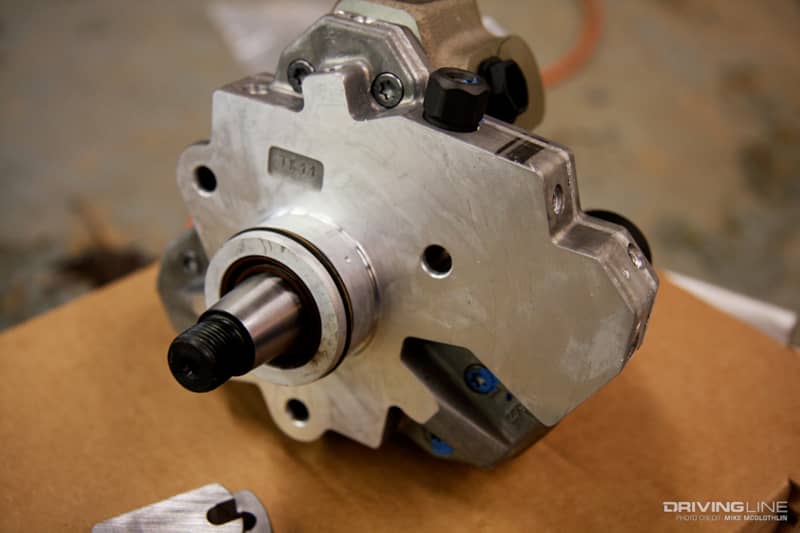
A similar version of the Bosch common-rail fuel system exists on the 6.7L, but produces more peak pressure (26,000 psi vs. 23,200 psi on the 5.9L) and makes use of slightly redesigned injectors in order to handle the added pressure. The revised, solenoid-style injectors on the 6.7L are also said to be more reliable than the versions used on the 5.9L common-rail. When compared to its predecessor, the 6.7L’s fuel rail, rail feed lines and injector lines also measure 50-percent larger. It’s worth noting that even as the competition slowly transitioned into using piezoelectric injectors (Ford with the 6.4L Power Stroke in ’08 and GM with the LML Duramax in ‘11) the 6.7L Cummins was always able to meet its emission goals with Bosch’s electronic solenoid-style injectors.
Aisin AS69RC
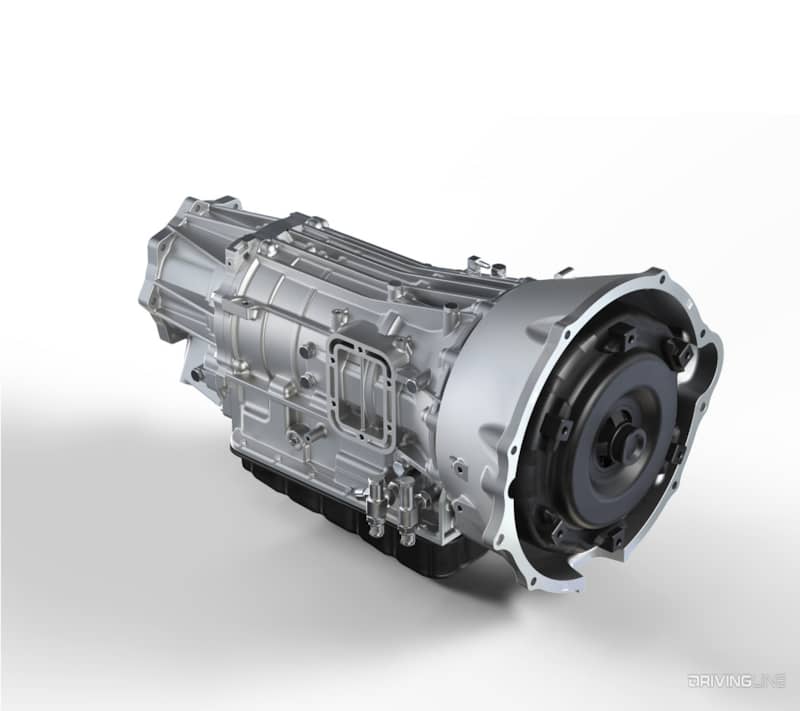
It has always been a struggle for Chrysler to build an automatic transmission in-house that can stand up to the low-end torque of the Cummins. On late model trucks (since ‘13), Ram has only allowed the strongest power ratings to be had with the transmission it outsources: the commercial-grade Aisin AS69RC automatic. Presently, this remains the only way you can buy a Ram with the higher horsepower and torque version of the 6.7L Cummins. Back in 2013, the Aisin AS69RC was brought onto the scene to back up the high output option that became available on 850 lb-ft rated, 3500 model Rams. The six-speed automatic made use of more robust and larger internals than the Chrysler 68RFE (including a larger input and output shaft) and housed a 12.2-inch diameter, dual friction torque converter to cope with the 6.7L’s 850 lb-ft of grunt.
The First Cummins With EGR
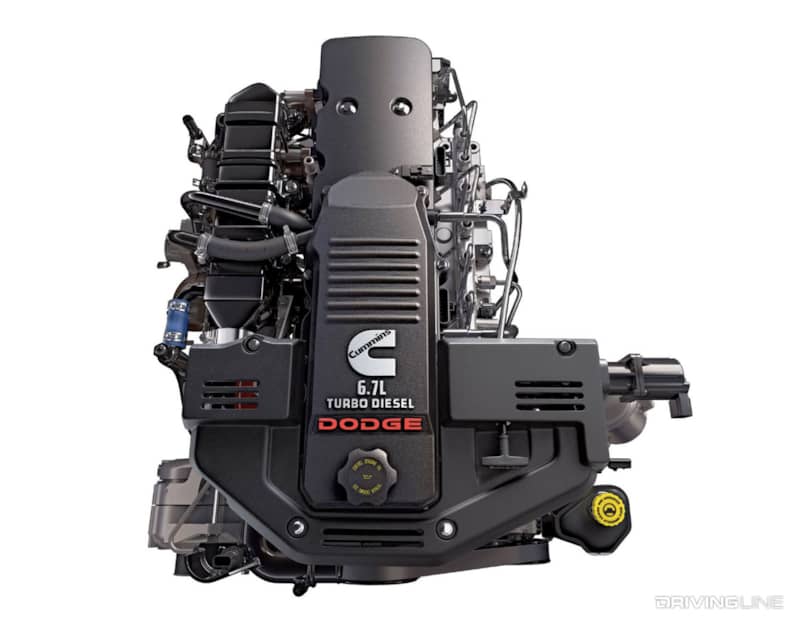
While GM was able to integrate exhaust gas recirculation onto its existing Duramax platform without issue, Cummins was able to start fresh with the 6.7L being that the engine could be built around the use of having emissions control equipment onboard. Still, the 6.7L isn’t without its faults. Sticking EGR valves and plugged up EGR coolers are par for the course on any 6.7L Cummins that racks up a lot of miles. However, some EGR-related issues can be avoided by adhering to Cummins’ 67,500-mile EGR valve and EGR cooler cleaning intervals.
Diesel Particulate Filter
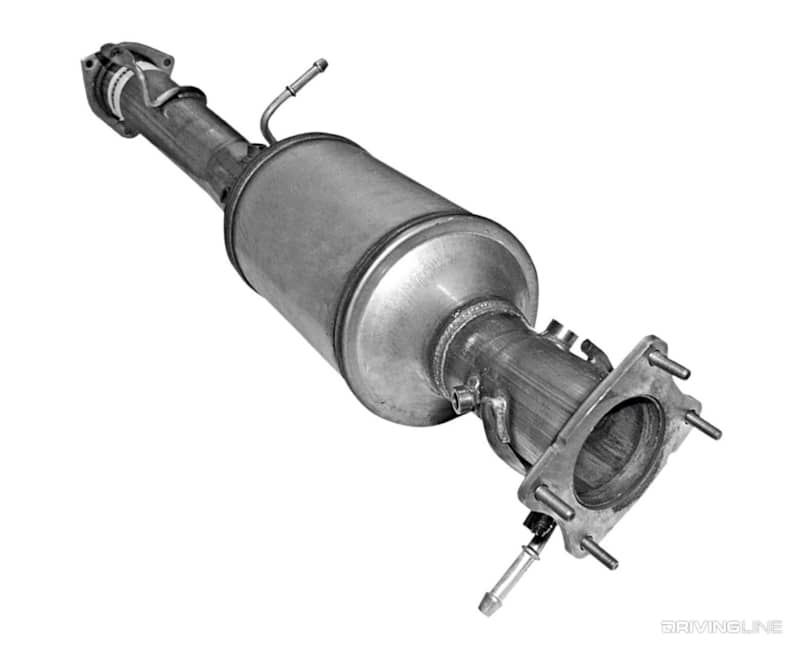
The 6.7L was also the first time a Cummins was graced with a diesel particulate filter (DPF). To keep particulate matter (an inevitable pollutant produced during combustion) from simply being routed to atmosphere, a chamber located downstream in the exhaust system traps and stores soot. The accumulated soot is burned off through a process called regeneration, which uses diesel fuel to raise the temperature to more than 1,000 degrees F in order to effectively incinerate the contents of the DPF. Like EGR, this system is fraught with issues on many trucks, be it sensors or the fact that the DPF eventually plugs up completely and has to be replaced.
NAC Traded for SCR
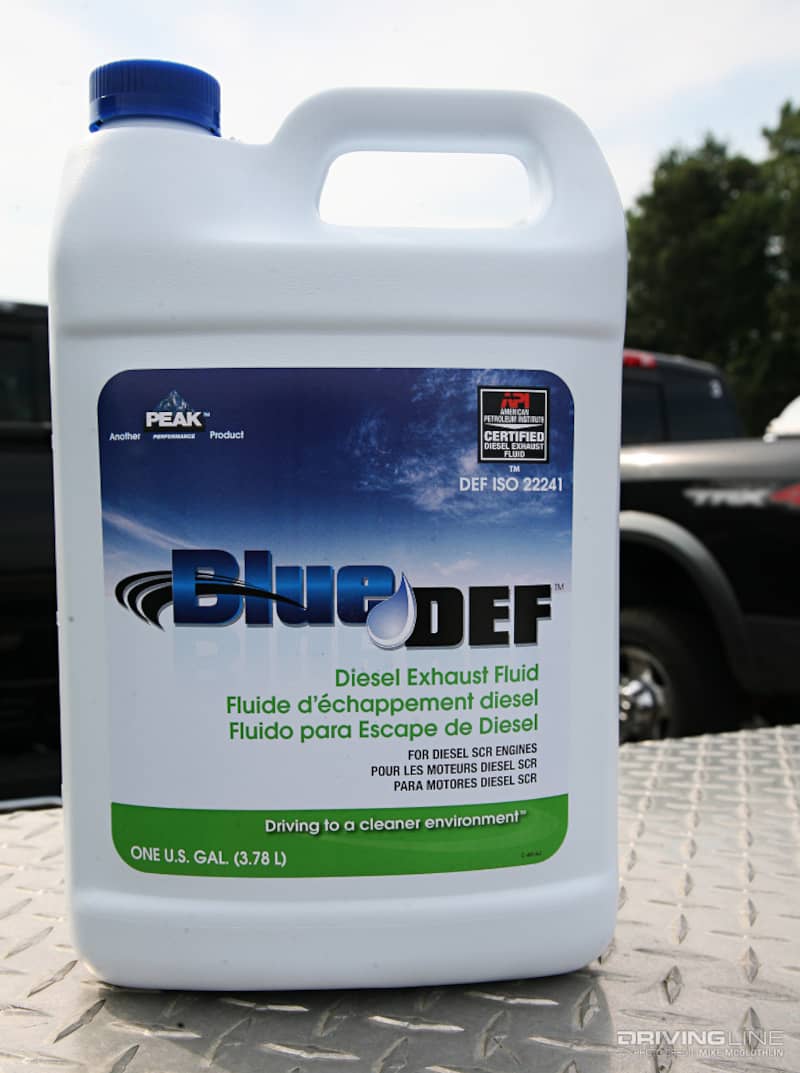
By 2013, selective catalytic reduction (SCR) was required to curb NOx emissions. This meant that, like ’11-newer cab-and-chassis models (which were already fitted with SCR), diesel exhaust fluid (the urea/water chemical mixture known as DEF, pictured above) would need to be added periodically. While the SCR system did add some complexity to ’13-newer Ram heavy duty trucks, it did lead to the end of the 6.7L Cummins’ use of the NOx absorption catalyst (NAC), an added device for curbing NOx on ’07.5-’12 engines. As had already been the case in the Ford and GM camps, the addition of SCR resulted in better fuel economy (easier on the wallet), less regeneration cycles (easier on the engine) and cleaner emissions (easier on the environment).




